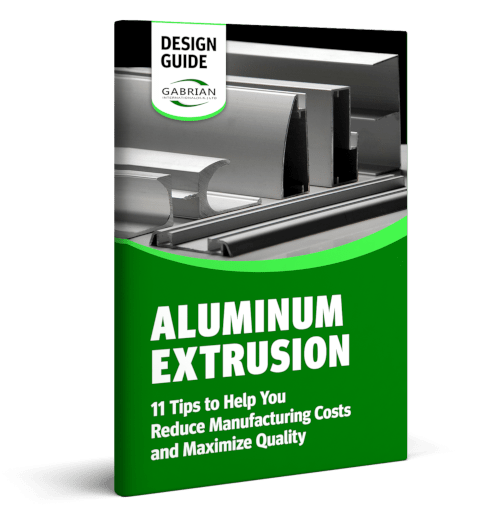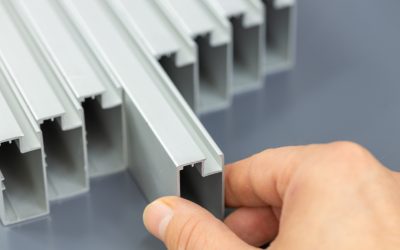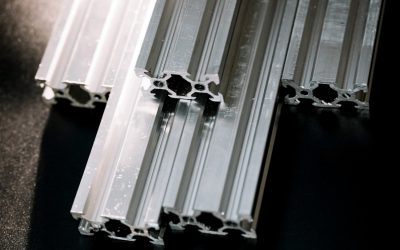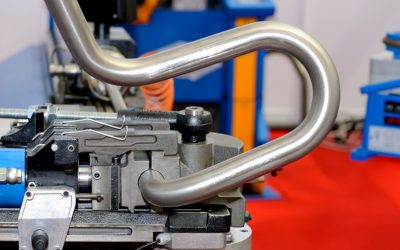There’s a lot to consider during the aluminum extrusion design process, from the desired profile shape to procurement costs and even options for special surface finishing. But one of the first considerations is to decide which aluminum alloy you will use.
Using aluminum means a great combination of physical characteristics, including a high strength-to-weight ratio, good corrosion resistance, and an appealing surface finish. Product designers can further emphasize particular qualities by choosing the aluminum alloy that fits their application best.
This article will highlight the material properties you must evaluate when selecting an aluminum extrusion alloy. It will also suggest a few common aluminum alloys that you should consider.
Table of Contents
Extrudability of Wrought Aluminum Alloys
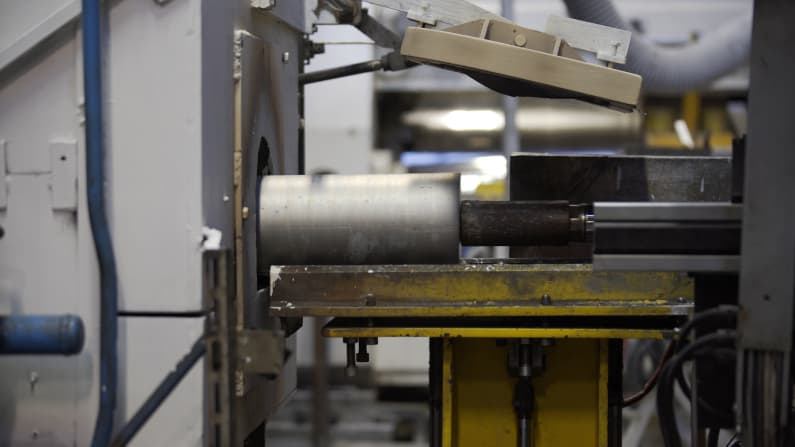
“Pure” aluminum is extremely ductile, and you can easily form it into a wide variety of shapes, including by extrusion. By adding different alloying elements, such as magnesium, zinc, or copper, you can refine “pure” aluminum into a series of different wrought aluminum/aluminum extrusion grades.
While introducing these alloying elements reduces aluminum’s exceptional formability, it also improves other desirable properties. As such, unless the project is for something like aluminum food trays, product designers typically prefer to have alloyed aluminum over commercially pure aluminum for other added benefits.
From improved strength to better weldability, alloying hones the characteristics of aluminum to suit the end product better.
Wrought Aluminum Alloys for Extrusion
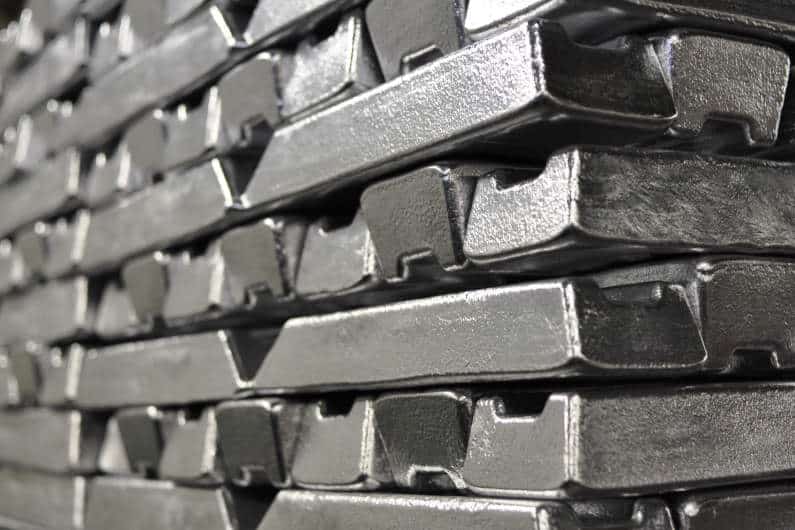
When it comes to extrusion, one of the key aspects that sets aluminum apart from other metals is its formability. But as noted by Volume 14A of the ASM Handbook, a stronger aluminum alloy with a higher concentration of alloying elements is generally more difficult to extrude and has a lower extrusion rate.
While 1XXX-series aluminum alloys have the best formability, this doesn’t mean other alloys cannot be extruded. Typically, alloys from the 3XXX, 4XXX, and 5XXX series still feature excellent formability alongside other improved characteristics.
Extrusion is more challenging for wrought aluminum alloys from the 2XXX, 6XXX, and especially the 7XXX series, but this does not prevent them from being made into excellent extruded products. With special care by an experienced extrusion supplier, these alloys can offer product designers either exceptional strength or an outstanding balance of overall properties.
The additional challenge of extruding these alloys generally comes with a higher price tag, but it is well worth it for many applications.
Main Properties for Different Aluminum Alloy Series
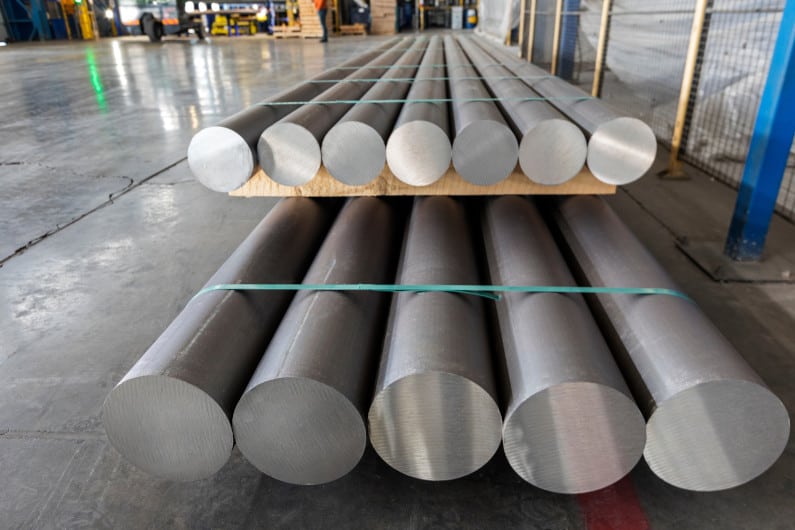
Determining which aluminum alloy to use will depend on the designer’s needs and the product’s intended application. As a starting point, designers may want to ask themselves which of the following qualities are vital for their product, which are nice to have, and which, if any, are not relevant:
- Strength
- Formability
- Corrosion Resistance
- Heat Treatability
- Weldability
- Machinability
Based on the requirements for each of those properties, designers can evaluate the different wrought aluminum alloy series to see which ones best align with their needs. Typically, this will lead them to select an alloy from the 2XXX, 3XXX, 5XXX, 6XXX, or 7XXX series.
| Series | Strength | Formability | Corrosion Resistance | Heat Treatable? | Weldability | Machinability |
|---|---|---|---|---|---|---|
| 2XXX | Very High | Poor | Poor | Yes | Poor | Good |
| 3XXX | Medium | Very Good | Good | No | Very Good | Good |
| 5XXX | High | Very Good | Very Good | No | Very Good | Moderate |
| 6XXX | High | Good | Good | Yes | Very Good | Good |
| 7XXX | Very High | Poor | Poor | Yes | Poor | Moderate |
When an application requires a very high strength-to-weight ratio, designers are most likely to review aluminum alloys from the 2XXX or 7XXX series for a solution. When corrosion is the primary concern, 5XXX-series alloys should be strongly considered. Aluminum alloys from the 6XXX-series are one of the most popular choices for their great combination of properties.
For specific applications, designers may also want to consider thermal properties, electrical conductivity, hardness, surface finish, or other specific properties not listed above. These tend to be more niche, but could still be necessary for products such as heat sinks or electrical wiring.
The Best Aluminum Extrusion Alloys
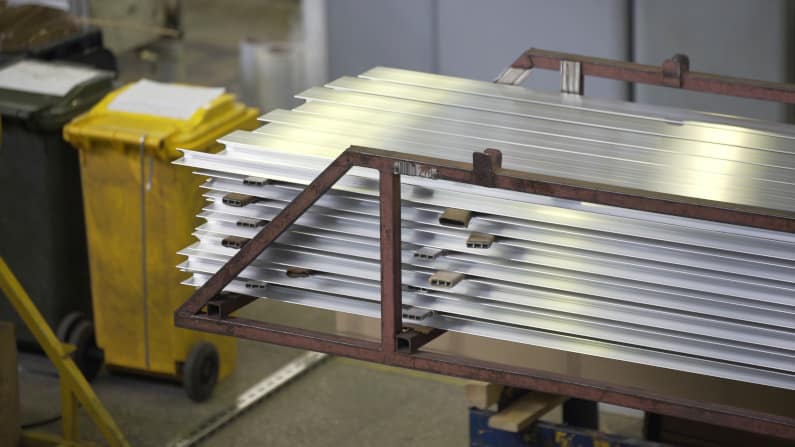
Knowing the characteristics of the different wrought aluminum alloy series listed previously, extrusion product designers have better insight into which alloys might be worth investigating further. The properties of each alloy in a series fall within a particular range, with individual alloys gravitating to different ends of the range depending on their specific composition and any temper treatments.
A handful of the best aluminum alloys for extrusion are listed below along with some of their properties and ideal applications.
| Alloy | Tensile Strength1 | Strengths | Weaknesses | Applications |
|---|---|---|---|---|
| 2024 | 455 – 483 MPa | Great strength, good formability | Poor corrosion resistance, poor weldability | High strength structural applications, aircraft fuselage and wings, gears and shafts, cylinders and pistons |
| 3003 | 110 – 200 MPa | Great formability, good corrosion resistance | Low strength, average machinability | Fuel tanks and piping, chemical equipment, heat exchangers, truck and trailer parts, cabinets |
| 5052 | 193 – 290 MPa | Great formability, great corrosion resistance | Poor machinability | Pressure vessels, marine equipment, fencing, hydraulic tubes, appliances |
| 6005 | 170 – 270 MPa | Great weldability, good corrosion resistance | Average formability, average machinability | Furniture, railroad cars, ladders, seamless tubing, safety railings |
| 6061 | 241 – 310 MPa | Great weldability, good machinability, good corrosion resistance | Average formability | Building products, automotive parts, piping, furniture, bicycle frames, railroad cars |
| 6063 | 186 – 290 MPa | Great weldability, good formability, good corrosion resistance | Average machinability | Window and door frames, safety railing, outdoor furniture, electrical and electronics parts, piping, storage tanks, sports equipment |
| 7075 | 228 – 572 MPa | Great strength | Poor formability, poor weldability | Aircraft wings and fuselages, missile parts, gears and shafts, worm gears |
1Tensile strength varies depending on temper treatment.
Which Aluminum Extrusion Alloy Should You Choose?
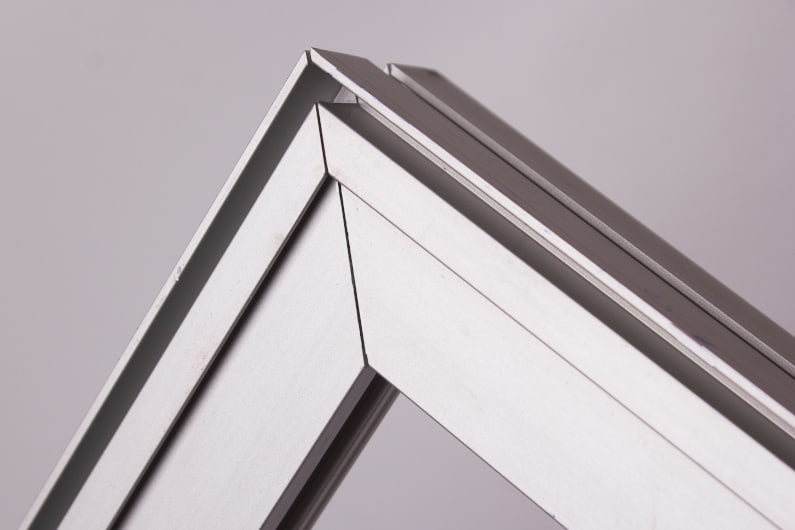
As we’ve said early in the article, the best alloy for your product ultimately comes down to the intended application. For exceptional strength, you can use aluminum alloys 2024 and 7075 for their high strength-to-weight ratio. If, on the other hand, you want a versatile alloy that performs well under a wide range of circumstances, 6061 or 6063 may have what you need.
These alloys are not a comprehensive list, and other factors might influence the suitability of an alloy. If mild atmospheric corrosion is a concern, you may not necessarily need to choose a highly corrosion-resistant alloy like 5052. Instead, you could use a secondary process like anodizing or powder coating to improve the durability and aesthetics of a different alloy that better suits other design parameters.
For more insight into how to design for aluminum extrusions, take a look at Gabrian’s Aluminum Extrusion Design Guide.

